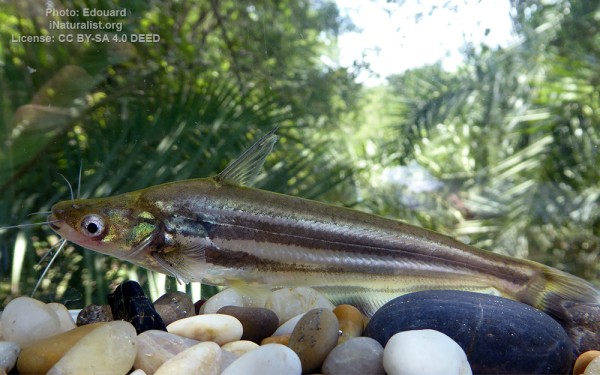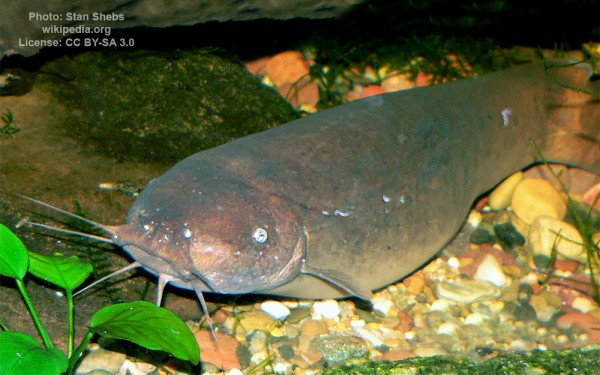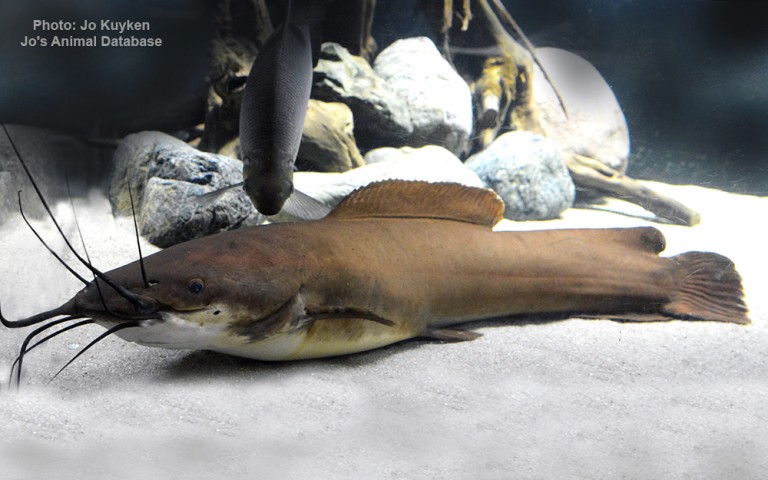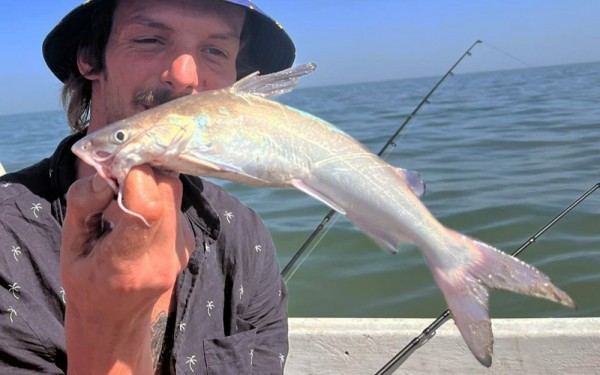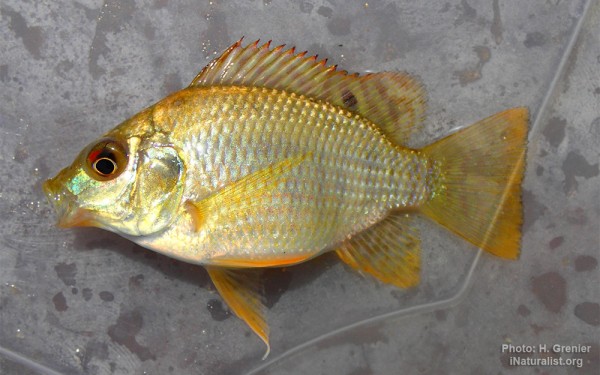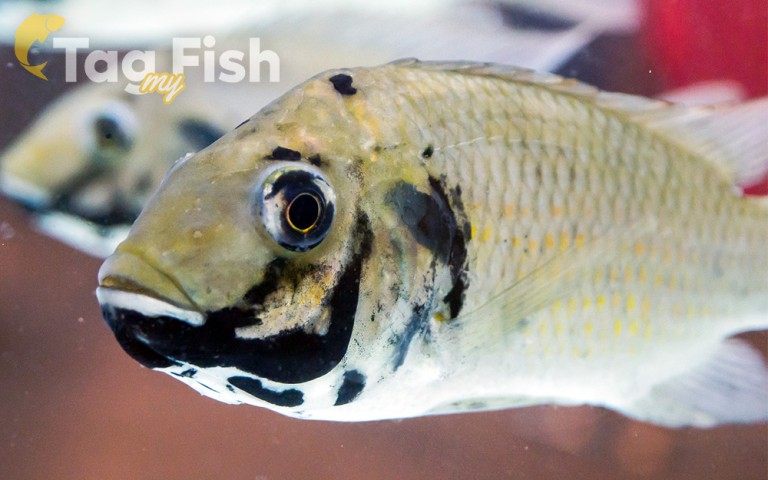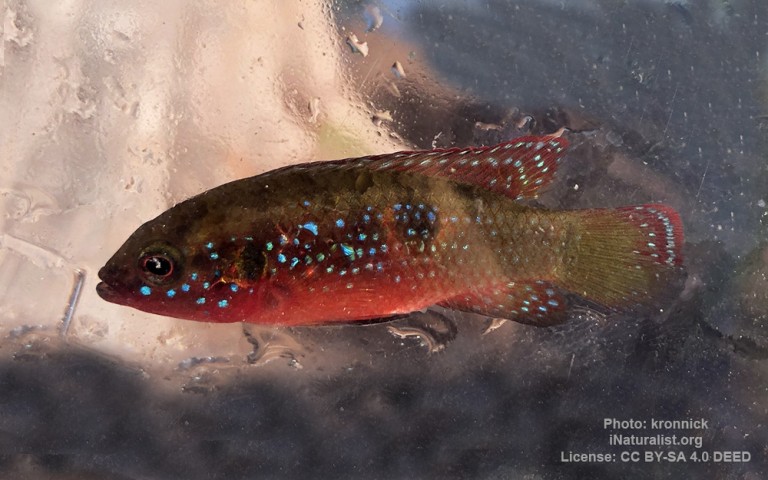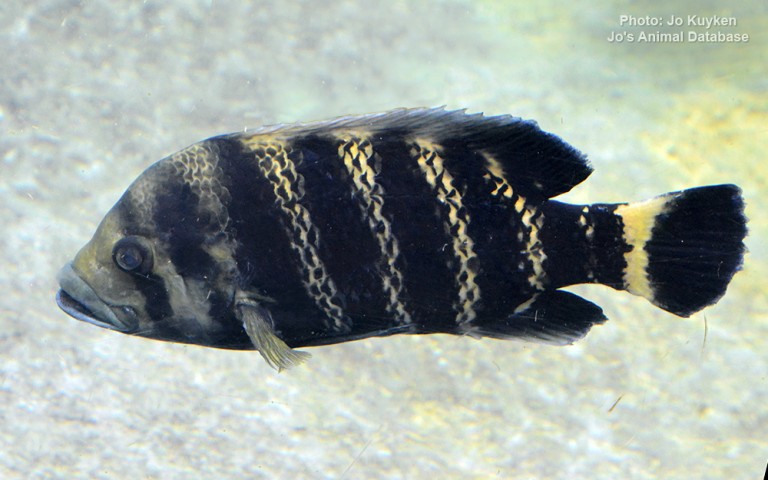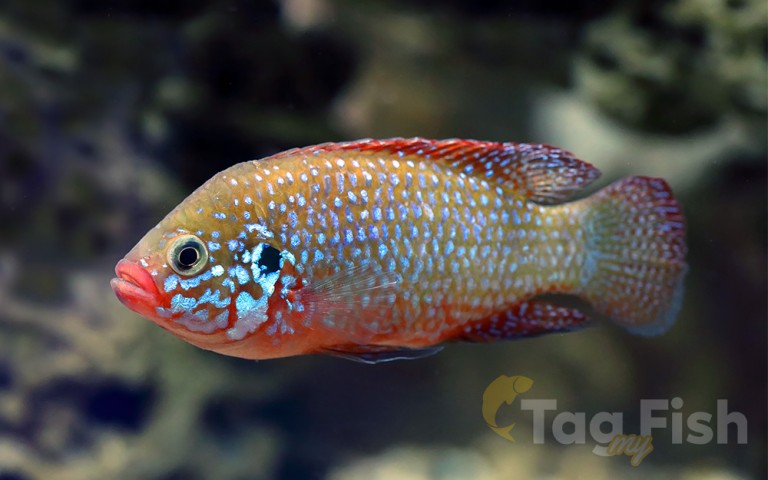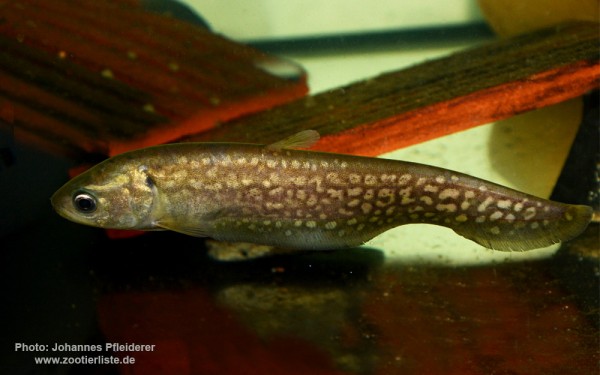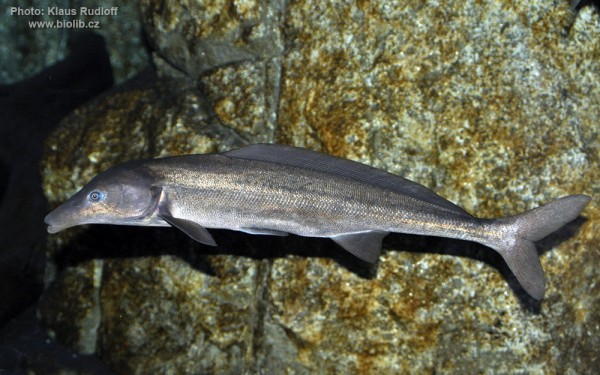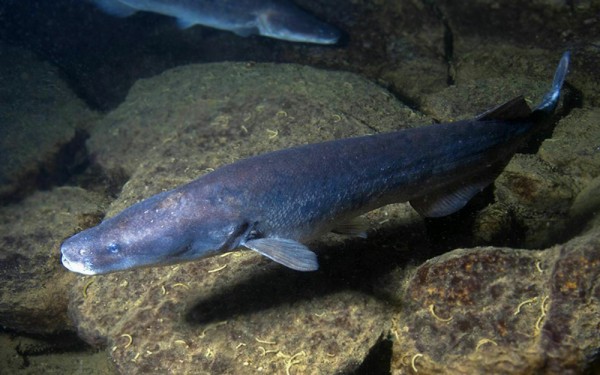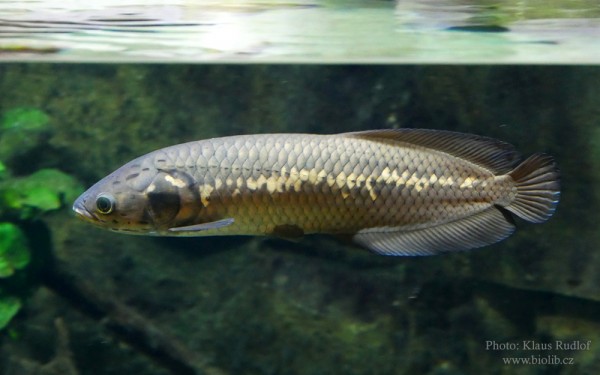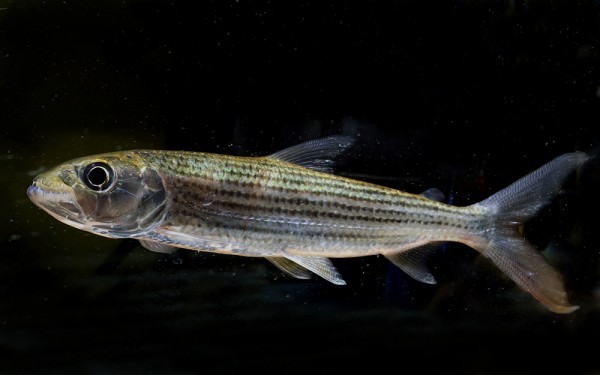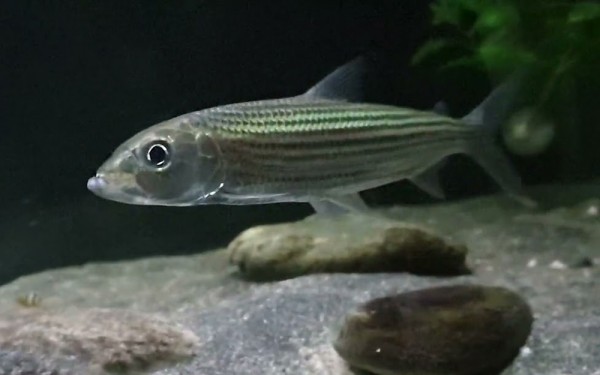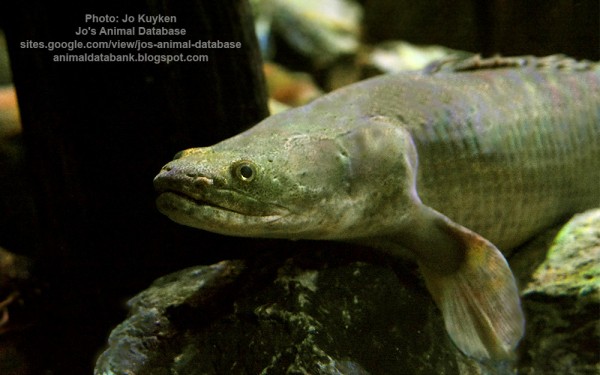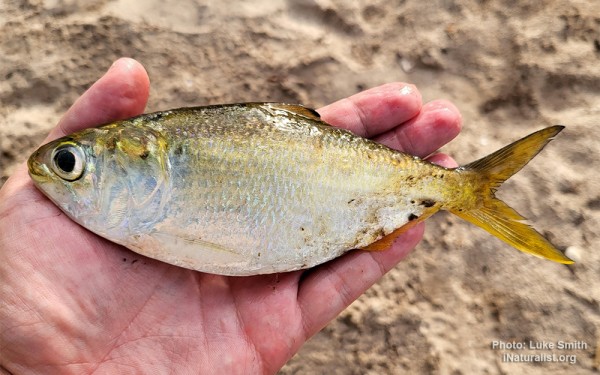Gambia

Siluriformes - Catfishes
Cypriniformes - Carps
Cichliformes - Cichlids
Osteoglossiformes - Bony tongues
Characiformes - Characins
Polypteriformes - Bichirs
Clupeiformes - Herrings
Siluriformes - Catfishes
Cypriniformes - Carps
Cichliformes - Cichlids
Osteoglossiformes - Bony tongues
Characiformes - Characins
Polypteriformes - Bichirs
Clupeiformes - Herrings
Siluriformes - Catfishes
Cypriniformes - Carps
Cichliformes - Cichlids
Osteoglossiformes - Bony tongues
Characiformes - Characins
Polypteriformes - Bichirs
Clupeiformes - Herrings
The Gambia River (formerly known as the River Gambra) is a major river in West Africa, running 1,120 kilometres (700 mi) from the Fouta Djallon plateau in north Guinea westward through Senegal and The Gambia to the Atlantic Ocean at the city of Banjul. It is navigable for about half that length.
The river is strongly associated with The Gambia, the smallest country in mainland Africa, which occupies the downstream half of the river and its two banks.
The aquatic fauna in the Gambia River basin is closely associated with that of the Senegal River basin, and the two are usually combined under a single ecoregion known as the Senegal-Gambia Catchments. Although the species richness is moderately high, only three species of frogs and one fish are endemic to this ecoregion.
Oysters are harvested from the River Gambia by women and used to make oyster stew, a traditional dish in the cuisine of Gambia.
